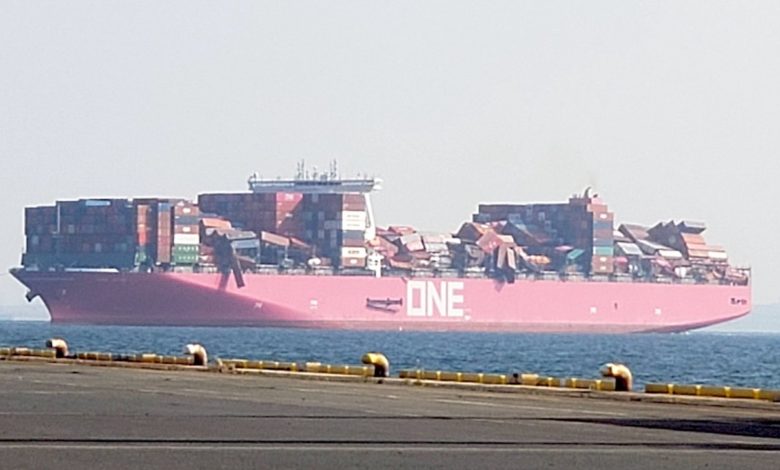 [[{“value”:”
[[{“value”:”

How can you plan for the future when the present is so uncertain, writes Pierre Aury?
Scenario planning involves looking at different scenarios with associated assumptions and events. These scenarios are not forecasts but views of how the future could unfold. These scenarios only need to be plausible. The idea is that by analysing these scenarios, companies can better anticipate potential challenges and opportunities, helping them to react more effectively as real events happen, a bit like weekly fire drills onboard a ship help crew become better at fighting future fires.
Scenario planning allows organisations to increase their preparedness for unexpected events. Scenario planning is especially useful in uncertain, complex and rapidly changing environments. Essentially, scenario planning is less about trying to predict the future and more about understanding the dynamics determining it.
It is not really used in the shipping industry because, you know, shipping is only a matter of a simple supply and demand equation that crunching AIS big data will no doubt resolve. Sorry for not resisting that gentle bout of irony.
Uncertain, complex, and a rapidly changing environment: this seems to describe perfectly our brave new world.
On the geopolitical front, Donald seems to have problems getting Vladimir to bury the hatchet. Donald told us during the campaign that the war in Ukraine would be over within days of him moving into the Oval Office. An interesting case of scenario planning, especially as the EU is now clearly on a war path with Russia.
Another geopolitical festering boil is to be found in the Middle East, with the situation getting even worse for the Palestinians and with now a more plausible scenario of massive US-Israel joint air strikes on Iran.
What about the China-Taiwan situation? What about the plausibility of a US invasion of Canada and Greenland?
On the economic front free trade has been heralded as the main reason for continuous world economic growth for many decades. The flip side of that coin is that free trade coming to a halt will translate into world GDP taking a big hit.
With Donald threatening everybody with new tariffs, there is a plausible scenario of free trade coming to a halt. In fact, this scenario planning thing could soon turn into a very depressing exercise, an exercise in trying to fathom human stupidity. It seems that we humans collectively are throwing all manners of spanners in all the possible works.
Maybe not all the works. Take the example of climate change. It seems that we have collectively grasped the severity of the problem and are all acting toward limiting the increase of temperature to a maximum of +1.5° C by 2100. Or so it seemed until governments made public their plan for being “resilient in a +4.0° C by 2100 world” like the French government did on March 10 this year. So at the same time laws are enacted to keep the world below +1.5°C by 2100 at huge costs to all, the governments behind these laws openly admit that the +1.5°C target will be missed by a country mile and that we should prepare ourselves for a world at +4.0°C in 2100. The French document sets the path to 2100 as follows: +1.7°C in 2024, +2.0°C in 2030, +2.7°C in 2050 and finally +4.0°C in 2100.
Let us hope that the road toward a very hot 2100 will not see bigger waves with different shapes generated by more frequent and stronger storms otherwise, all the money spent to try to make shipping clean from an emission point of view will be lost with clean ships sinking for not being structurally strong enough.
The post Shipping and scenario planning appeared first on Energy News Beat.
“}]]
